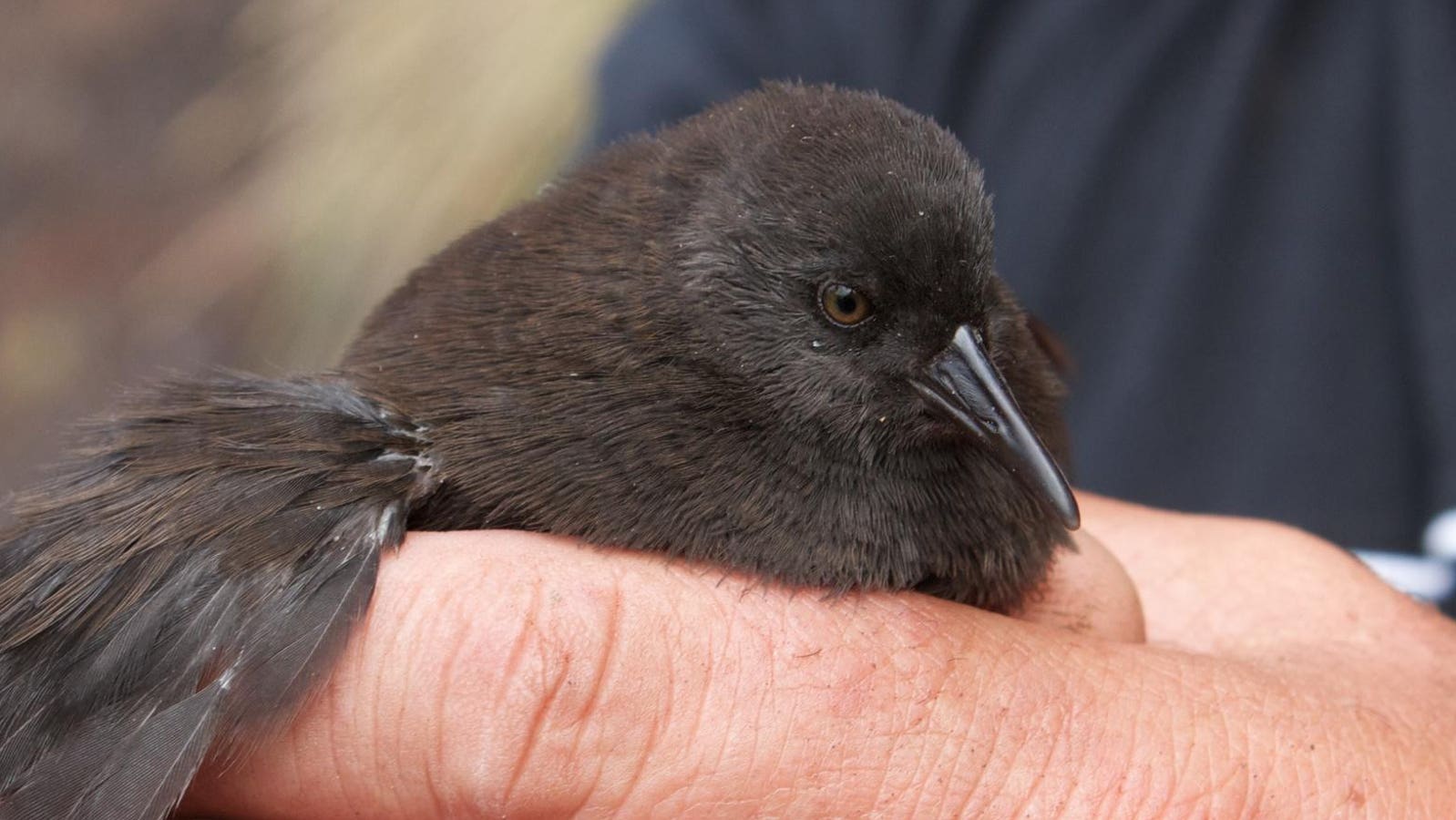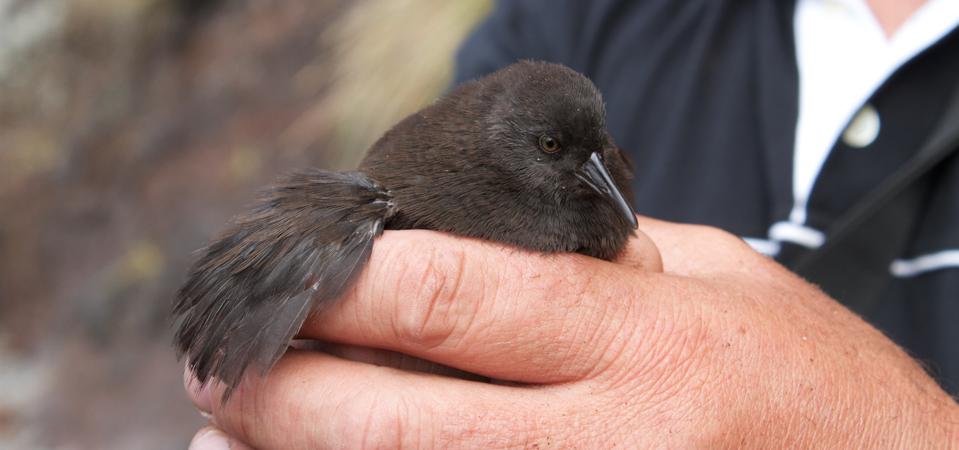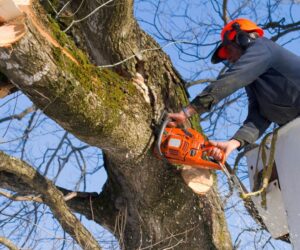Flightless birds like the ostrich or emu tend to be larger than their flight-capable cousins. But … More
Flightless birds have had a tough go of it in recent times, with humans to blame. We all know the story of the dodo of Mauritius, a flightless bird that was famously hunted out of existence by human settlers in a span of decades. And there are other examples. The great auk of the North Atlantic, the moa of New Zealand, the elephant bird of Madagascar, and the Réunion ibis of Réunion Island in the Indian Ocean all perished shortly after the humans entered the picture.
A 2020 study published in Science Advance reveals just how bleak the picture has been for flightless birds. Taking inventory of all recorded bird extinctions, the scientists estimate that 581 birds have gone extinct in recent times, of which 166 were flightless. In other words, 29% of bird extinctions have been flightless. Compare that to the ratio of flight-capable to flightless birds, which is about 100:1, and you can quickly see how dire the situation is for this quirky animal class.
Of course, not all flightless birds have gone extinct. The ostrich, the emu, the penguin, the weka and many other flightless bird species still boast healthy numbers.
The smallest flightless bird in existence today, which also boasts relatively healthy numbers despite its limited geographic range, is the Inaccessible Island rail. Here’s its story.
The World’s Smallest Flightless Bird: The Inaccessible Island Rail
The Inaccessible Island rail is the world’s smallest flightless bird, found only on a remote … More
Weighing less than a tenth of a pound (about as much as a golf ball) and measuring around five to six inches in length, the Inaccessible Island rail (Laterallus rogersi) holds the distinction of being the smallest flightless bird in the world. It lives exclusively on Inaccessible Island, a volcanic outcrop in the South Atlantic Ocean that forms part of the Tristan da Cunha archipelago, one of the most remote island chains on Earth.
Inaccessible Island is aptly named. It’s surrounded by treacherous seas and steep, craggy cliffs, which have mostly protected it from human intrusion. This isolation has allowed the island’s wildlife, including the rail, to evolve largely without predators and human interference.
The island itself is only about five and a half square miles in size, yet it supports a surprisingly diverse array of life, due to its mix of rugged terrain, grasslands and vegetation.
The Inaccessible Island rail spends much of its time hidden among dense tussock grass and ferns, moving through underbrush in search of insects, seeds and small invertebrates. Although it can’t fly, the rail is a nimble and fast runner, which helps it evade predators like seabirds.
Inaccessible Island, with its steep cliffs and rough seas, has remained largely untouched by … More
Its ancestors are believed to have been flying rails that somehow reached the island — likely blown off course during a storm. Once there, with no predators and no need to fly, the birds gradually lost their ability to fly. Over time, they shrank in size and evolved into the compact, flightless form we see today.
Despite its limited range and specialized habitat, the Inaccessible Island rail is currently listed as Vulnerable by the IUCN, with a stable population trend. That’s due in large part to the uninhabited status of the island, strict conservation protections and the absence of invasive species like rats or cats that have decimated bird populations on other islands. However, scientists remain vigilant. Because the entire global population is confined to a single island, estimated at 5,000 to 10,000 individuals, the rail could face sudden extinction if climate change or an invasive predator became an issue.
Other Small Flightless Birds Of The World
While the Inaccessible Island rail is the smallest, it’s not the only small flightless bird that has carved out a niche in the modern world. Several other species of flightless birds, though often overshadowed by their larger, more famous cousins, continue to thrive in isolated environments across the globe, each with their own story.
Take the flightless cormorant (Phalacrocorax harrisi), for example, which is found only on the Galápagos Islands. It is a striking bird with stubby wings and a powerful body adapted for swimming rather than flying. Unlike its flying relatives, it uses its wings more like rudders while diving beneath the waves. These birds have evolved into underwater hunters, preying on fish and eels along the rocky shores of Fernandina and Isabela Islands. With a population of around 1,400 individuals, the flightless cormorant is currently listed as vulnerable, but ongoing conservation efforts have helped stabilize its numbers.
The Tasmanian native-hen is a fast-running, flightless bird often seen darting through grasslands … More
Another small non-flyer is the Tasmanian native-hen (Tribonyx mortierii), which is about the size of a small chicken and found only in Tasmania. Though it cannot fly, it makes up for it with incredible running speed: some individuals have been clocked at up to 31 miles per hour. The Tasmanian native-hen bird thrives in open grasslands and near water sources, often seen in groups. Unlike other island-endemic flightless birds, the native-hen has a robust population and is not currently threatened, thanks in part to Tasmania’s relatively predator-free environment.
New Zealand is another hotspot for small flightless birds. The weka (Gallirallus australis), a scrappy, curious rail native to the country, is about the size of a chicken. Often spotted scavenging food or rummaging through campsites, weka are adaptable and intelligent, traits that have helped some regional populations thrive. However, habitat loss and predators have led to declines in certain areas, prompting ongoing conservation efforts.
Are you an animal lover who owns a pet, perhaps even a pet bird? Take the science-backed Pet Personality Test to know how well you know your little friend.









